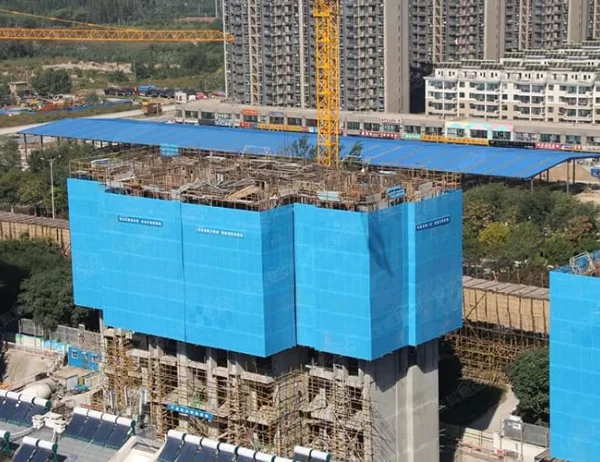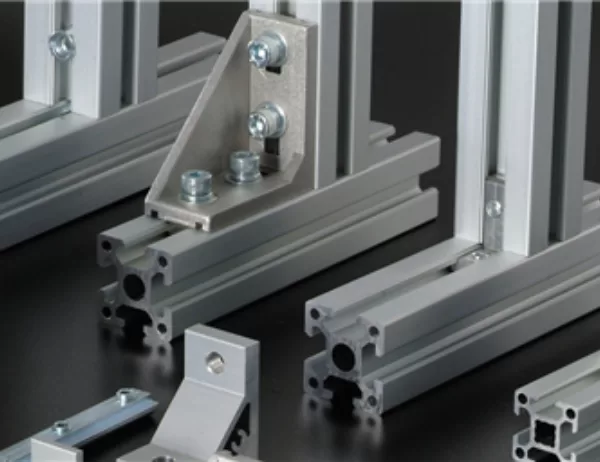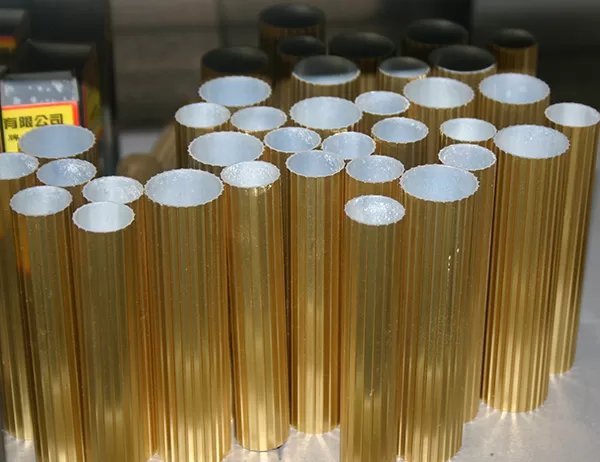In the realm of industrial materials, where durability and resilience reign supreme, the T6 aluminum tube stands apart as a beacon of strength. Its exceptional combination of high yield strength, corrosion resistance, and weldability makes it an indispensable component in countless applications. However, to ensure the longevity of these tubes and maximize their performance, proper maintenance is paramount.
Corrosion Prevention
The relentless assault of atmospheric and environmental elements can wreak havoc on aluminum, leading to premature failure. To combat this, regular cleaning and surface protection are crucial. Choose the right detergent to remove dirt and grime without damaging the tube’s delicate finish. Follow with a protective coating or sealant to shield the surface from further corrosion.
Mechanical Integrity
Stresses and vibrations encountered during operation can compromise the structural integrity of T6 aluminum tubes. Periodic inspections are essential for detecting and addressing potential issues. Check for cracks, dents, or deformation using ultrasonic or magnetic particle testing methods. If damage is found, prompt repairs are imperative to prevent catastrophic failure.
Welding Best Practices
Welding is a crucial process for joining T6 aluminum tubes, but it requires meticulous attention to detail. Use the correct welding technique, such as gas tungsten arc welding (GTAW) or gas metal arc welding (GMAW), and ensure proper joint preparation. Post-weld heat treatment may be necessary to optimize strength and corrosion resistance.
Environment Control
The operating environment plays a significant role in the longevity of T6 aluminum tubes. Avoid exposing them to extreme temperatures, as this can cause thermal expansion and stress. Ensure proper ventilation to prevent buildup of moisture and corrosive gases.
Regular Inspection and Monitoring
Establishing a regular maintenance schedule is vital for catching potential problems early on. Visual inspections should be conducted at regular intervals to identify any surface degradation or mechanical issues. Advanced non-destructive testing techniques, such as eddy current or ultrasonic methods, can provide insights into the tube’s internal condition.
By adhering to these maintenance guidelines, you can extend the lifespan of T6 aluminum tubes, ensuring they continue to perform reliably in your critical operations. Embrace a proactive approach to maintenance and safeguard your valuable assets against the relentless forces of time and environmental challenges.




